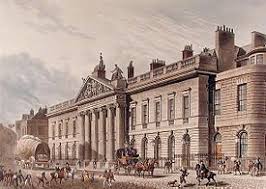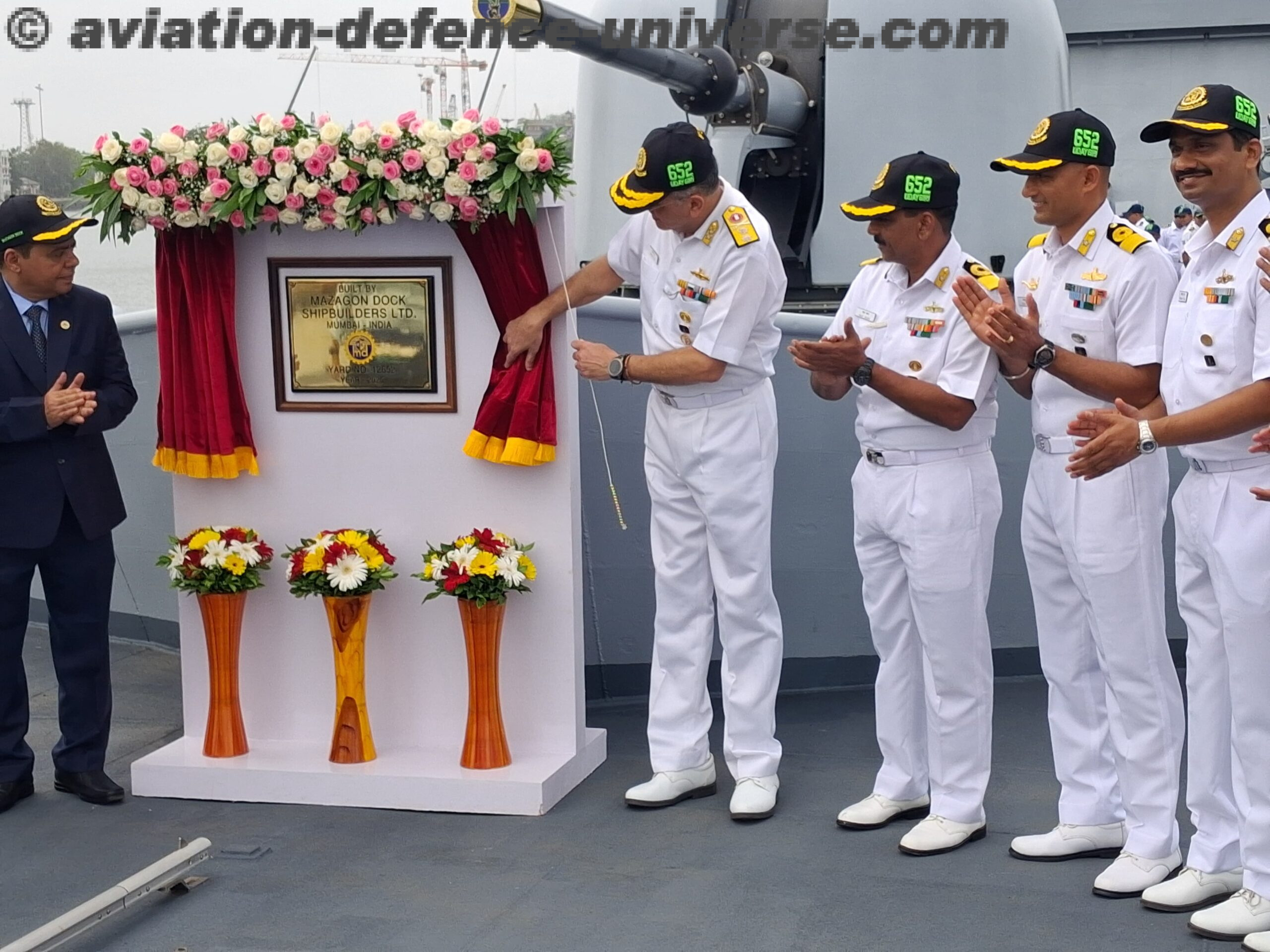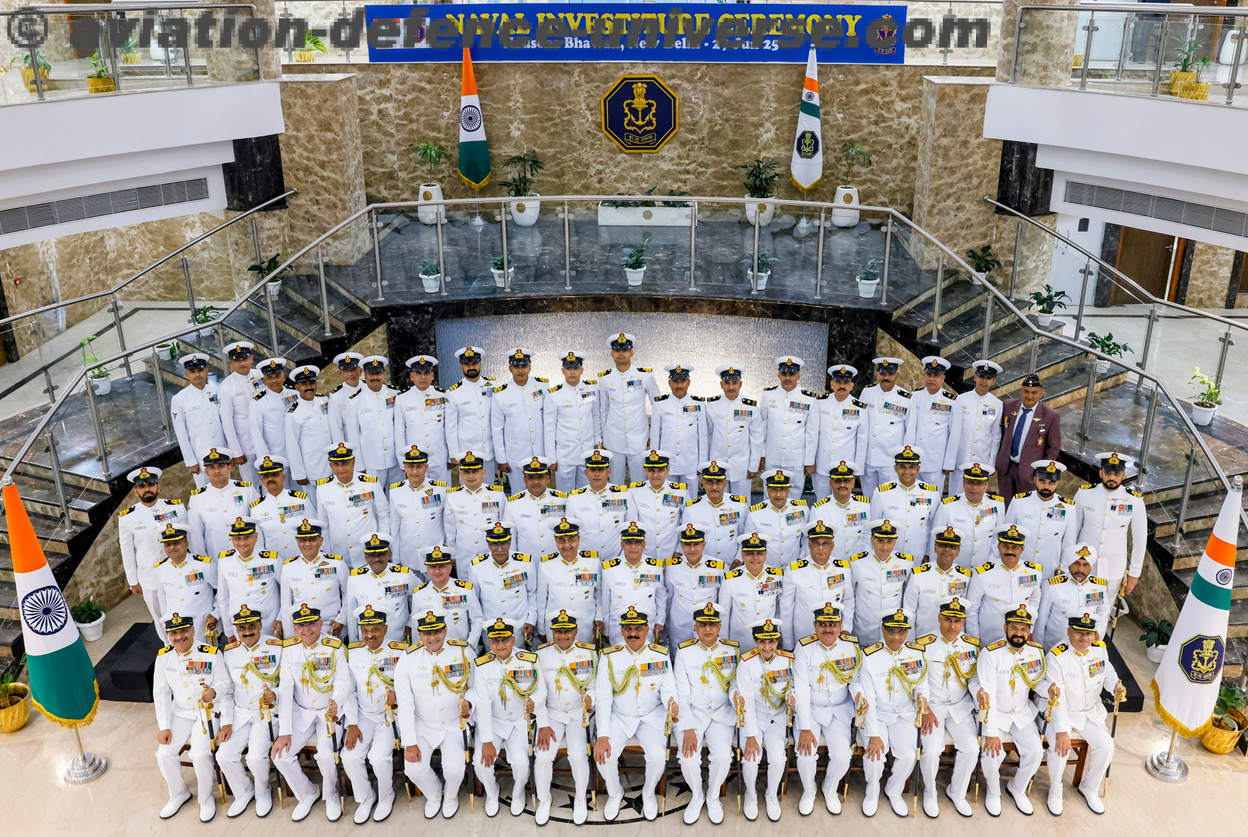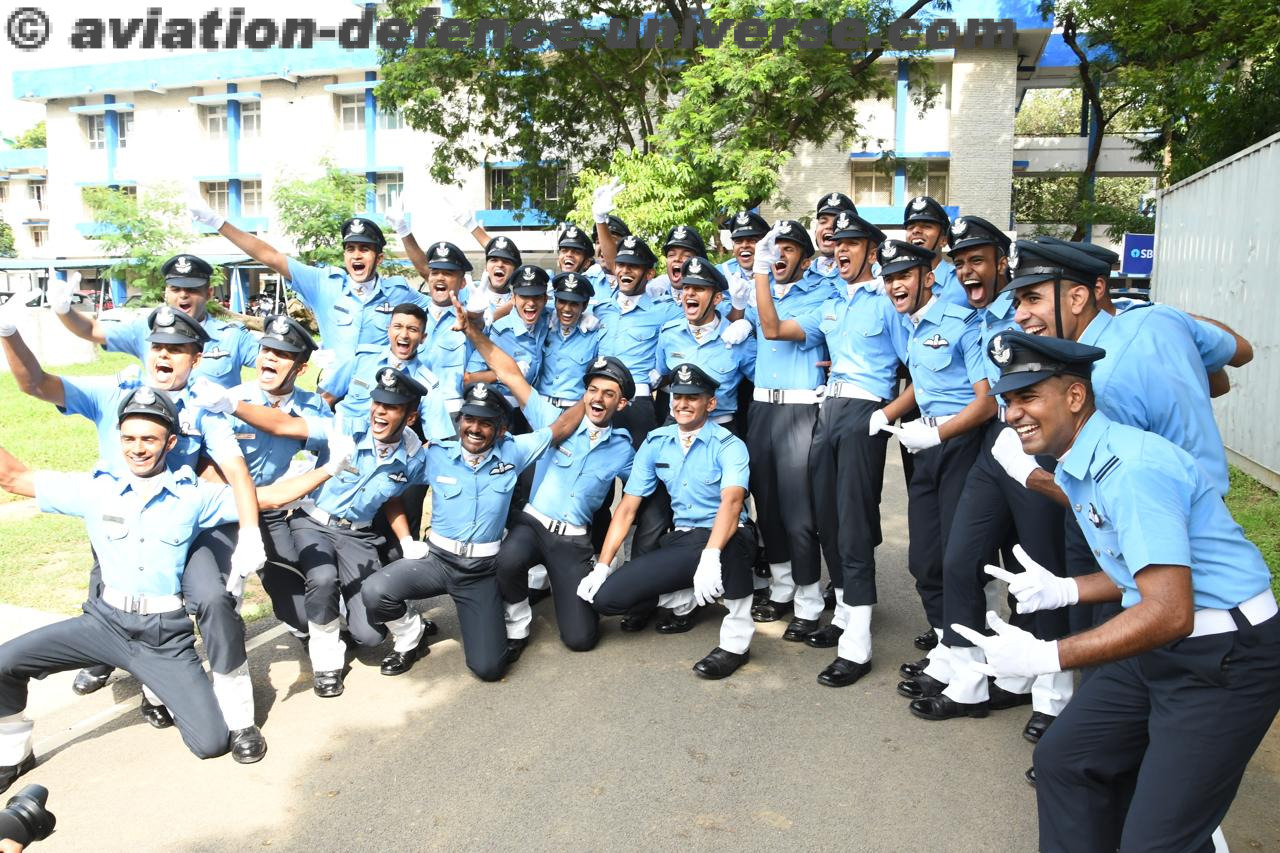
27th March in 1668 was the day England took control of Bombay, India. The Royal Charter of 27 March 1668 was an agreement between the Kingdom of England and the English East India Company. It led to the transfer of Bombay from Charles II of England to the English East India Company for an annual rent of £10 (equivalent retail price index of £1,226 in 2007).
The story goes back to 1534 AD when the Portuguese gained possession of Bombay, after the Treaty of Bassein was signed between them and Bahadur Shah of the Gujarat Sultanate. The Portuguese then indulged in growing the influence of the Roman Catholic religious order in Bombay.
Bombay was an archipelago of seven islands back then, and the Portuguese called the islands by various names, which finally took the written form Bombaim. They also built several fortifications around the city.
But very soon, they were to lose control of the city to the Britishers. In 1583, when the first English merchants arrived in November, they realised the importance of the city’s natural harbour and its importance from the trade’s point of view.
In 1612, a battle was fought between the British and the Portuguese at Surat for the possession of Bombay, which ended the Portuguese monopoly over trade in India.
Over a period of time, the English merchants gained control of the trade, and the Portuguese control started to diminish. However in 1661, in one of the most interesting events, Mumbai changed hands as it was presented to King Charles II as part of the dowry, when he married Princess Catherine de Braganza of Portugal.
Now who wouldn’t be happy to receive an entire city in dowry? But for Charles II, it was too much of a hassle! He did not want the trouble of ruling these islands.
And so, to make life easier, he rented out the whole of Mumbai to the East India Company, only for £10 in gold a year!
And thereafter, the city came under the control of the British.






























































































































